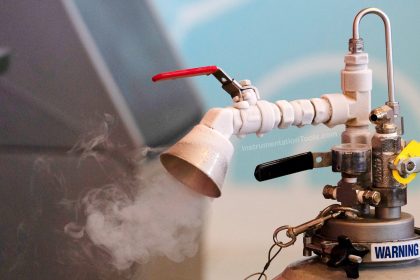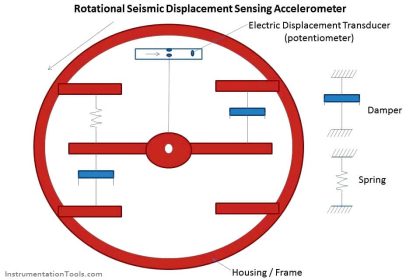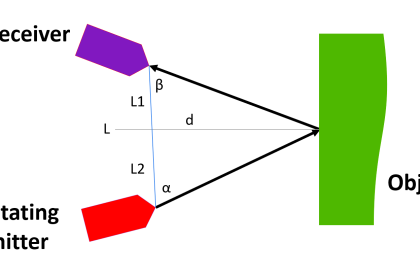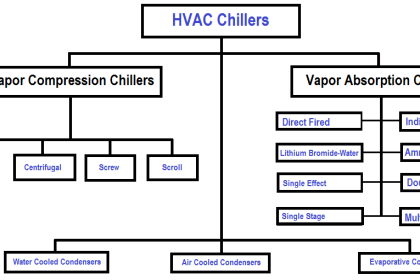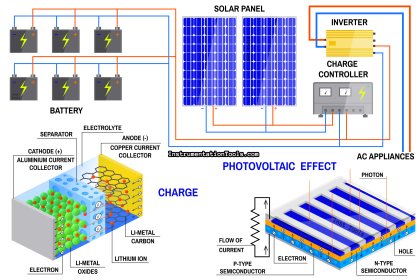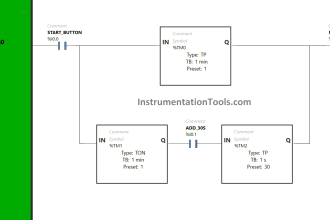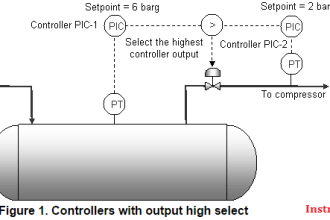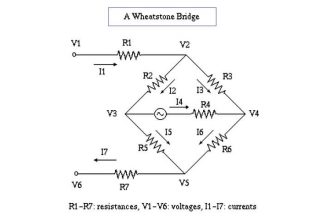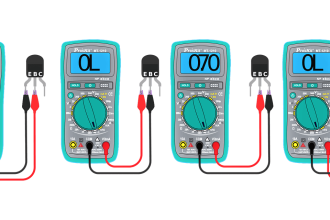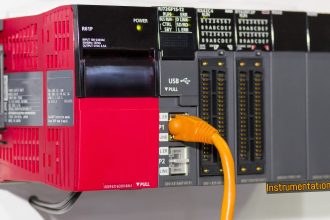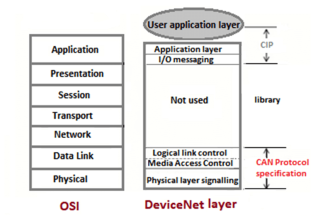Welding is commonly used to join metal components in oil and gas, petrochemicals, chemicals, pharmaceuticals, and other processing industries.
This creates challenges for inspection engineers to identify which welds are of inferior quality or require repair.
A common way of inspecting welds is by using ultrasonic devices such as the ultrasonic scanner that inspect the thickness and the presence of a weld bead on the surface of welded pipes and vessels.
The article explains to you how to use an ultrasonic bracelet scanner to inspect welds in the pipework.
What are Bracelet Scanners?
Bracelet scanners are devices that use phased array technology to inspect welds on small-bore pipes’ circumferential welds.
The ultrasonic scanner transmits acoustic energy into the metal pipe and detects the reflected signal. The detected signal is used to estimate the weld thickness, presence of a weld bead, weld defect, and crack.
The bracelet scanner is lightweight and easy to set up. The bracelet scanner can scan the welded pipe at a distance of 800 mm from the weld. You can use it to test welds on small bore pipes with sizes ranging from 0.5″ to 4″ NPS.
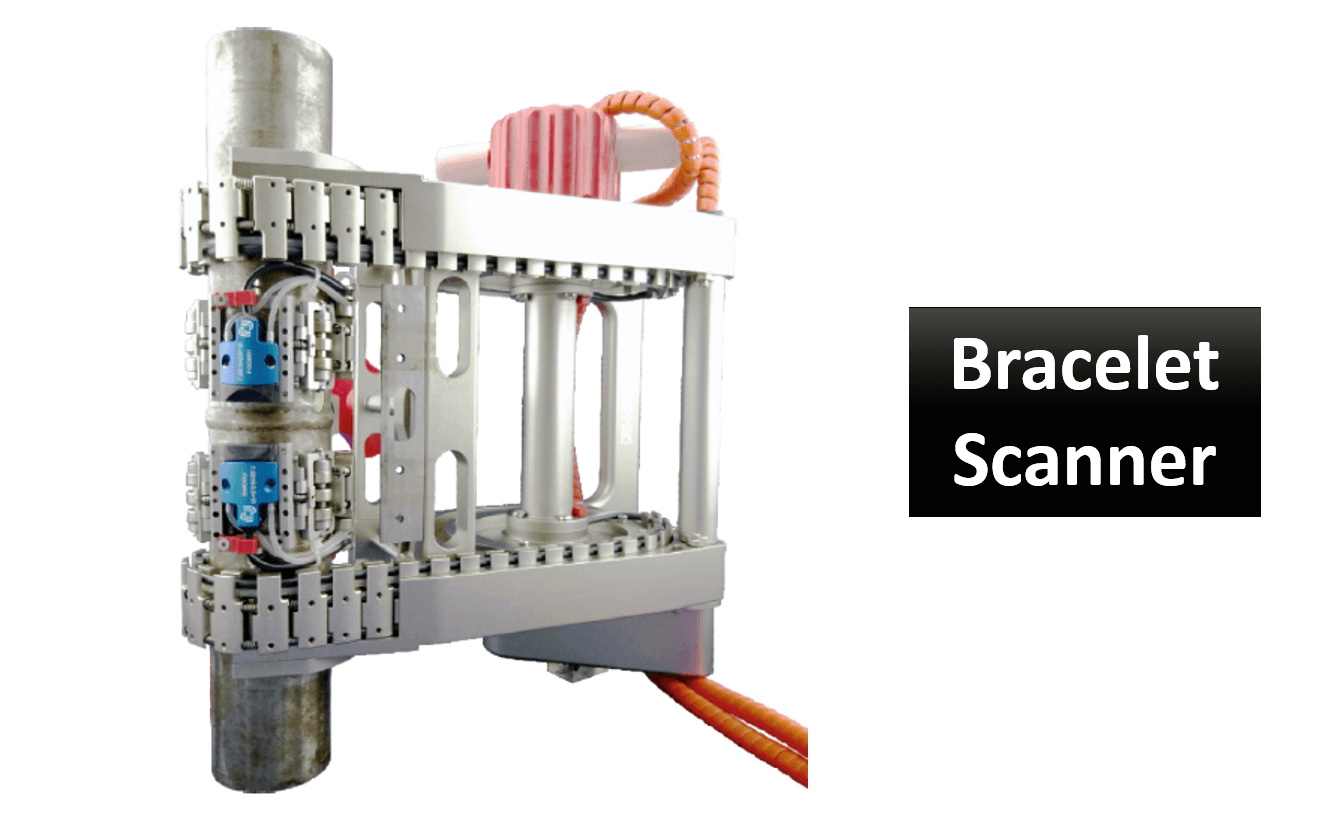
What are Bracelet Scanners Used for?
A bracelet scanner is used to inspect circumferential welds on small diameter pipes with single and multi-beaded configurations, upswept and upset-topped configurations.
The bracelet scanners are often referred to as ultrasonic thickness gages or ultrasonic duplex gages used to carry out thickness measurements on round surfaces of welds under test.
Pipe engineers and weld inspectors can use bracelet scanners to evaluate the quality of the welds in pipelines, reactors, pressure vessels, and other applications.
The bracelet scanners are used in conjunction with a computerized ultrasonic thickness gauge or a handheld ultrasonic thickness gauge to measure the thickness of welds made on pipelines.
The data collected by these devices can be processed and reported to concerned authorities to help them arrive at decisions regarding repairs or asset replacement.
Why Use Bracelet Scanners for TOFD and Phased Array?
The bracelet scanners are used as a TOFD and phased array inspection device to inspect welds on pipelines.
The work of the bracelet scanner is to measure the thickness of welds and other surfaces on pipes, vessels, and large-diameter tubes. They are used to prepare for ultrasonic inspection or inspection of joint cleanliness of pipeline welds.
TOFD can use the bracelet scanner to determine whether all the welds in a pipeline have been inspected by ultrasonic devices that use phased arrays or high-frequency sound waves.
Furthermore, it will also help pipe engineers to determine which areas require further investigation before entering a high-pressure area.
The bracelet scanner is commonly used for checking against criticality when there are no certificates available about weld integrity.
How to Operate Bracelet Scanners?
The bracelet scan can be attached using a free hanging suspension (for upswept and upset-topped configurations) or clamping method for single and multi-beaded configurations.
The ultrasonic scanner is attached to a stand that has a pivot at the top so that it can be rotated freely. The pipe being inspected passes through the center hole in the clamping plate.
The bracelet scanner is positioned around the circumference of the welded pipe at a distance “L” from the weld. The position of the ultrasonic scanner is important as it works best when clamped directly above and along the longitudinal weld axis.
The other criteria are that the distance between the scanner head and the weld must be equal to or greater than L. The scanner head must also be above the surface of the pipe to avoid interference with acoustic energy penetration.
The bracelet scanner is used to scan the welded pipe from multiple positions along its circumference. The signals measured by the bracelet scanner are further processed and analyzed by a computer for data interpretation.
Conclusion
The bracelet scanner is a useful TOFD inspection device used to check longitudinal welds on pipes and vessels. You can get high-quality bracelet scanners from the NDT-KITS company. NDT-KITS ensures quality in all its manufactured inspection devices to ensure that you get the best quality products. Contact NDT-KITS to get more information on the certificate of compliance, price, and delivery of ultrasonic bracelet scanners.
